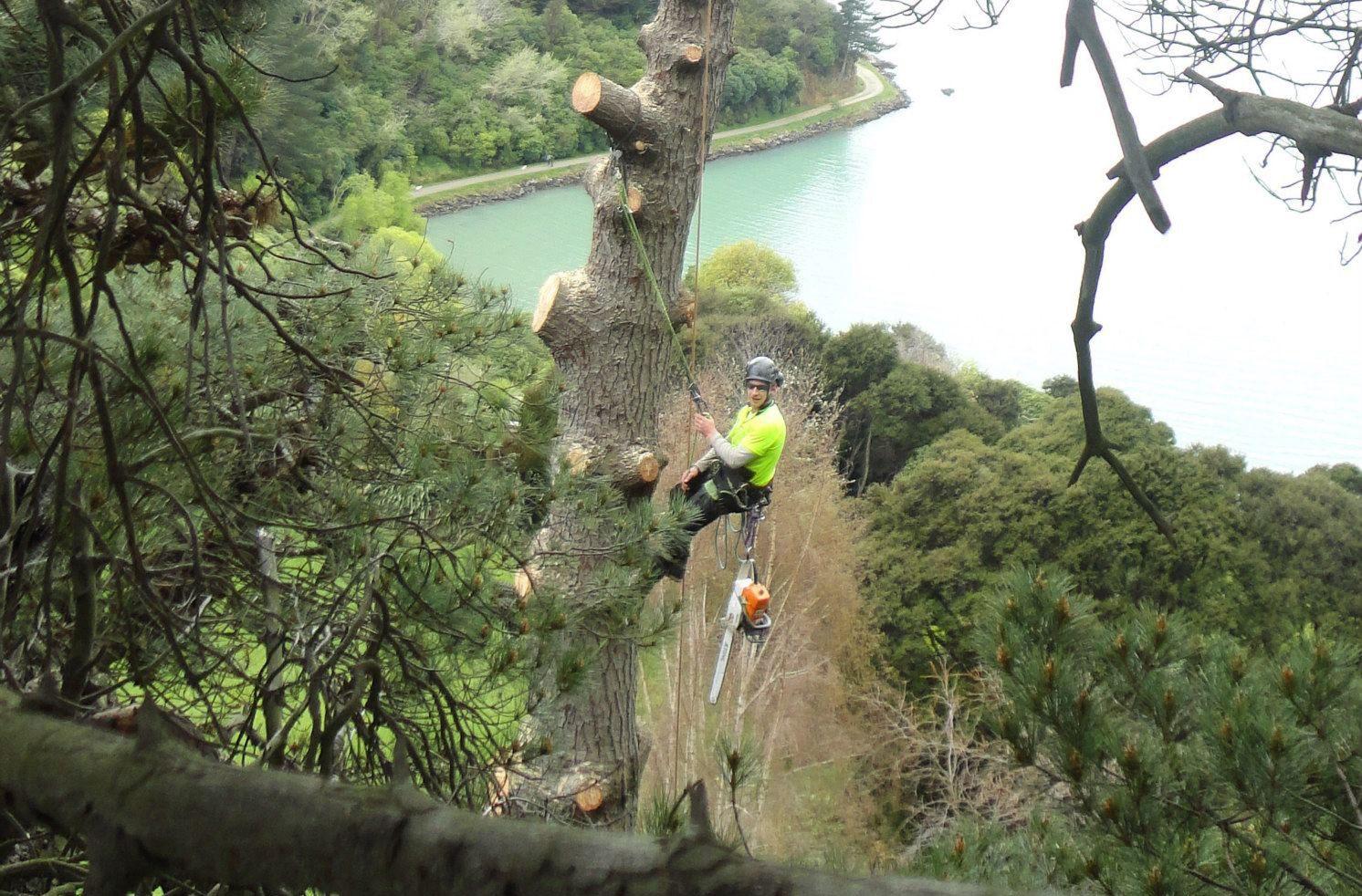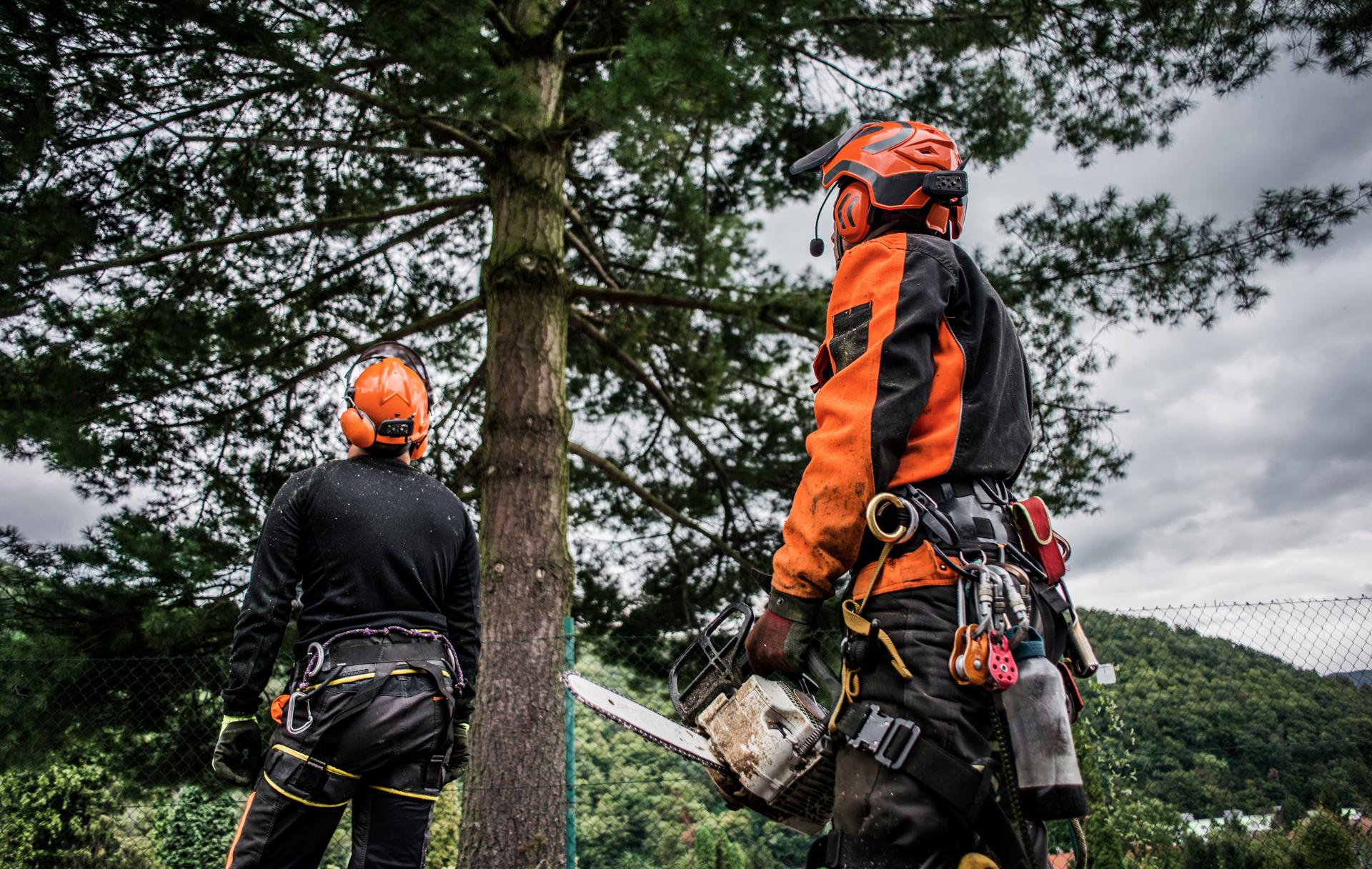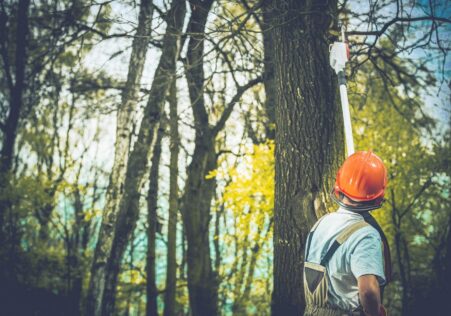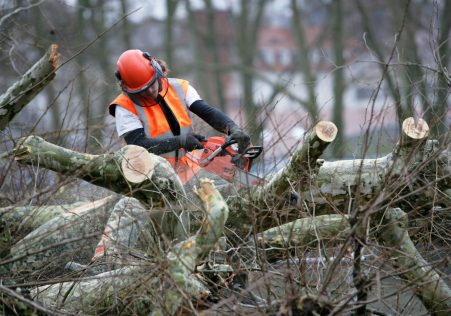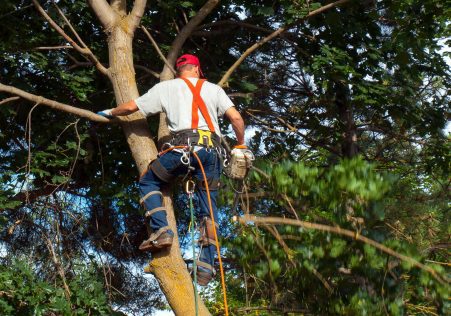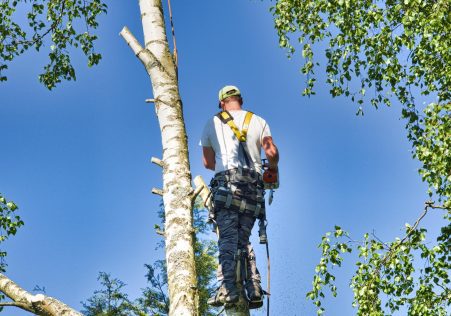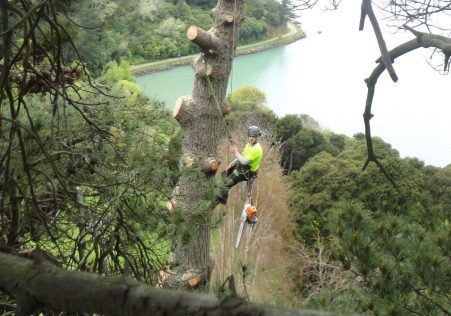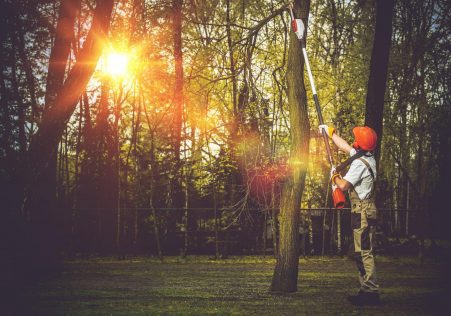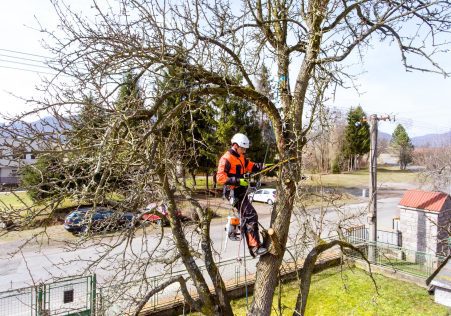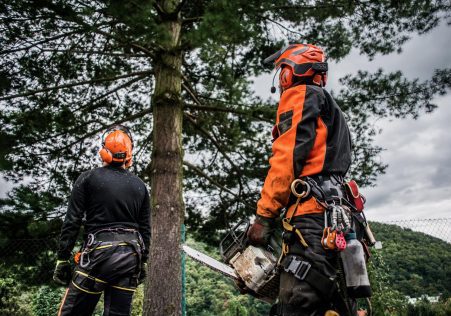The Consequences of Destroying a Protected Tree and How to Avoid them
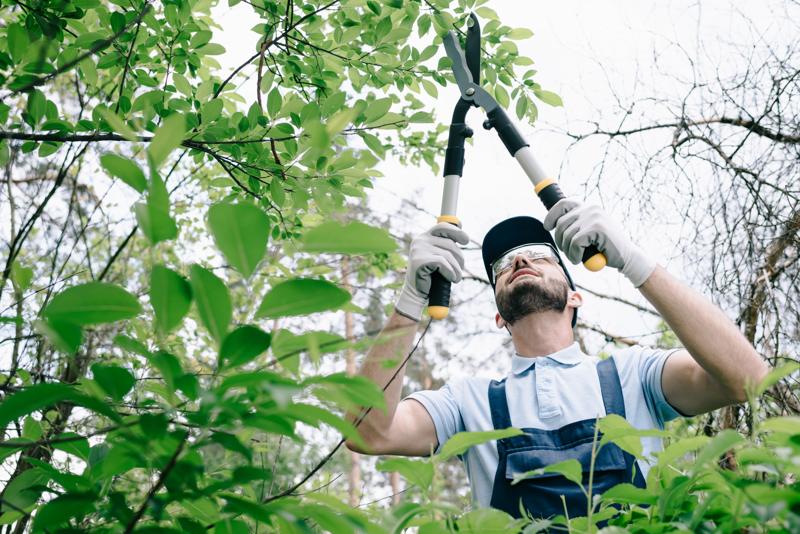
Trees play a crucial part in the environment by providing shade, fresh air and aesthetic value to our surroundings. However they are not all identical and some are granted additional protection status, making it illegal to carry out any work without obtaining permission. If you’re considering having a tree removed it is crucial to be aware of the protection status of the tree being considered and what steps you’ll need to follow to be in compliance with the legal requirements. The following article we’ll guide you through the process of determining whether the tree is safe and exactly what steps you need be doing to make sure you are acting within the law.
What is a protected tree?
A protected tree has been subjected to certain legal restrictions It is illegal to carry out works on a tree without obtaining the necessary permissions. There are two types of protection that trees might have: preservation orders and protection orders.
Legal protection
Under legal protection, trees are protected by laws and under the control of Tree Preservation Orders (TPOs). TPOs are issued by local authorities in order to protect trees with a significant public value and to ensure that they are not destroyed or damaged.
Preservation orders
Preservation orders are like TPOs in that they are issued through the secretary of state for the Environment. The trees that are protected by preservation orders are considered to have an exceptional worth and are therefore protected from all work, which includes felling.
How do I know whether a tree is safe?
To determine if the tree is protected, you must to check if it is in the process of being subject to a TPO or preservation orders. It is done by contacting the local authority and asking them to check their records.
TPO search
To find an TPO You can reach an Tree and Woodland officer of the local authority. They will inform you whether the tree is in the protection. They’ll also be able advise you on the next steps to take if the tree is in a protected area.
Preservation order search
To search for a preservation order, you will need to contact Secretary of State, Department of the Environment. They can determine if the tree is protected and give you the necessary information and guidance.
FAQs:
What is the consequence if I do work on a tree that is protected without permission?
If you do work on a protected tree without obtaining the necessary permissions, you could face significant fines, and possibly even jail time.
Can I appeal to a TPO Or preservation or TPO?
Yes, you can appeal an appeal of a TPO or preservation or TPO if you believe it is unjustified. You will have to prove your case and show that you believe that the TPO or preservation order is not necessary.
Can I remove a protected tree?
It is illegal to remove a protected tree without obtaining permission from the appropriate authorities. If you require the tree to be removed it is necessary to seek permission from the council and provide proof to back your claim.
Conclusion
In conclusion, discovering whether trees are protected is a vital aspect in ensuring that any tree work is carried out legally. By understanding the different types of protection, and knowing how to check for them to ensure you are acting within the law and safeguarding the trees in your care. If you’re not sure about the status of protection for the tree you are in charge of, we suggest consulting an expert in tree care like Campbelltown Tree Removal. Our team of experienced arborists will be able to inform you on the protection status of your trees, and will guide you through the required steps to ensure you are complying with the law. With our expertise and commitment to providing high-quality tree services We can assist you to preserve the beauty and value that your trees have. Contact us today by phone at 1300 636 143 to schedule a consultation, and let us assist you to ensure that your trees are protected and healthy.

